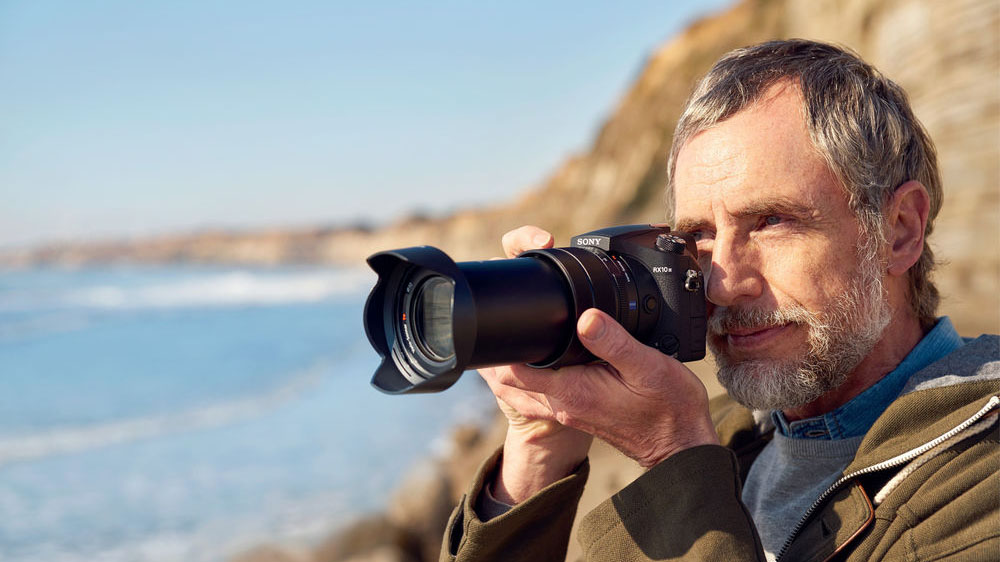Why you can trust TechRadar
Build quality and handling
- Dust- and moisture-resistant
- Comfy handgrip
- Weighs 1095g
The first thing I noticed when I took the Sony RX10 III out of its box was just how large and weighty it is compared to other bridge cameras I've used. At a little over a kilo in weight (1050g or 2.3lbs with battery and SD card) it feels more DSLR like in-hand. It measures 132.5 x 94.0 x 127.4mm (5.25 x 3.75 x 5.12 inches), and feels substantially larger and heavier than the likes of the Canon G3X. Much of this is down to the sizeable glass of the 24-600mm equivalent, 72mm diameter lens.
Although plastic-feeling, the build is reassuringly solid and its generous, protruding-front grip and rounded body style means you're able to grip the camera securely and comfortably. Those with small hands may find the grip a little too large, but it feels in proportion to the size of the camera. I found the ergonomics very good, with buttons and dials falling in the right place for my hands.
The on/off switch is toggle-style, and is incorporated into the shutter button on top of the front grip; it's easy to access and clicks reassuringly. A lever to the front of this allows you to zoom the lens. The shutter button is also threaded, meaning you can use an old-style cable release. The RX10 III powers up pretty quickly, although there's inevitably a short delay while the lens extends to its start-up position of 24mm.
An aperture ring is included to the rear of the lens, and can be de-clicked for video use
The mode dial (left) and exposure compensation dial (right) both have a textured side and just the right amount of resistance, making them easy to adjust precisely. Two customizable function buttons, an LCD light and the pop-up flash button are also included on the right, and behind these is a small LCD panel that displays key settings. The small but solidly built pop-up flash and hotshoe complete the top plate layout.
An aperture ring is included to the rear of the lens, and can be de-clicked for video use. There are also two textured rings for zoom and focusing. I found it easier to zoom in small increments using the lens ring rather than the lever on the front grip. I found the focusing ring responsive and easy to use, with a conveniently located focus hold button to the left of the lens. A focus mode switch is included on the bottom left of the camera body; I found it slightly fiddly, but quick access to this feature is welcome.
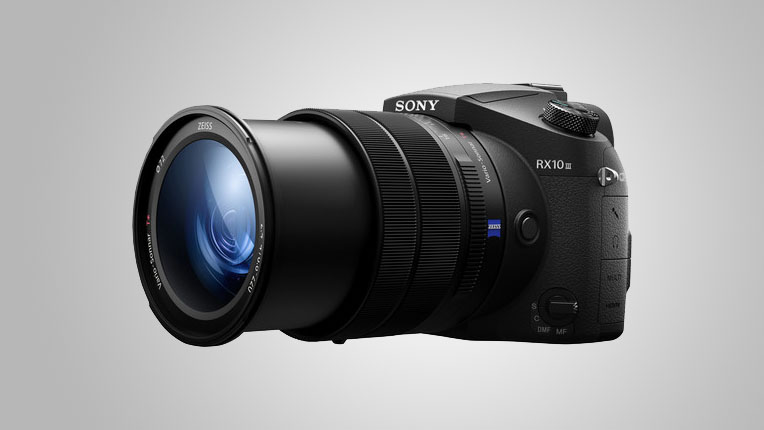
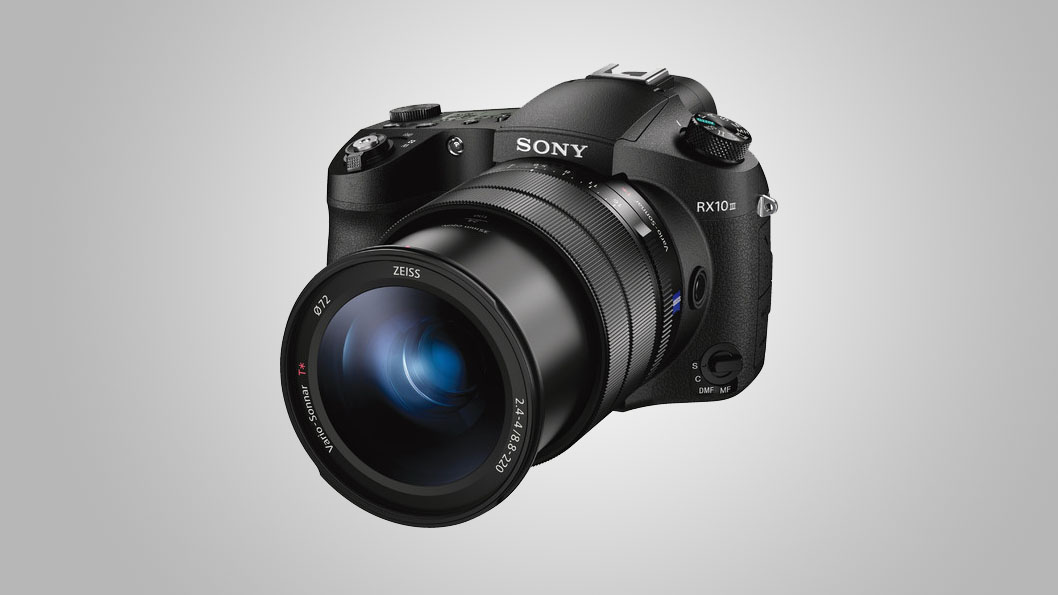
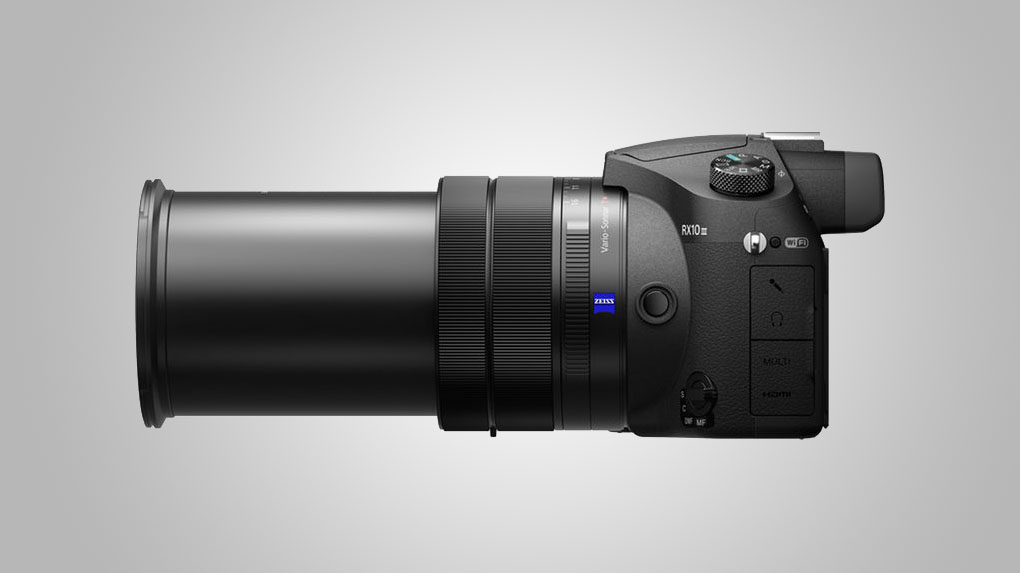
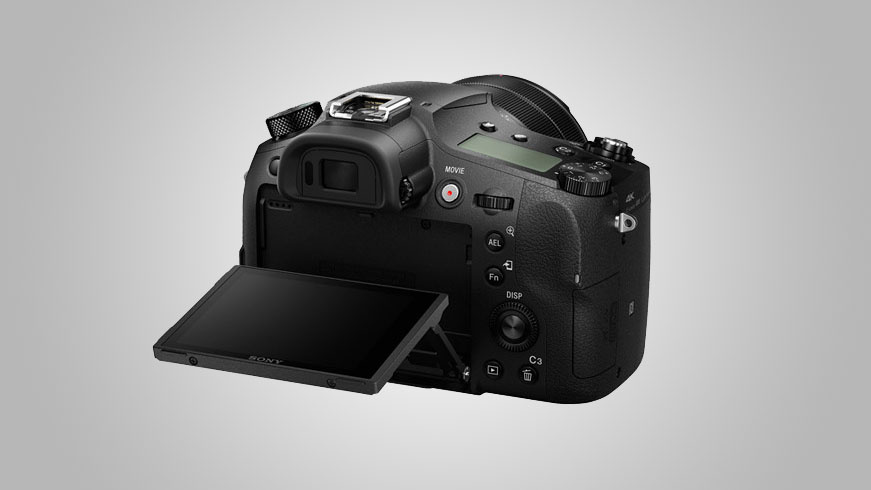
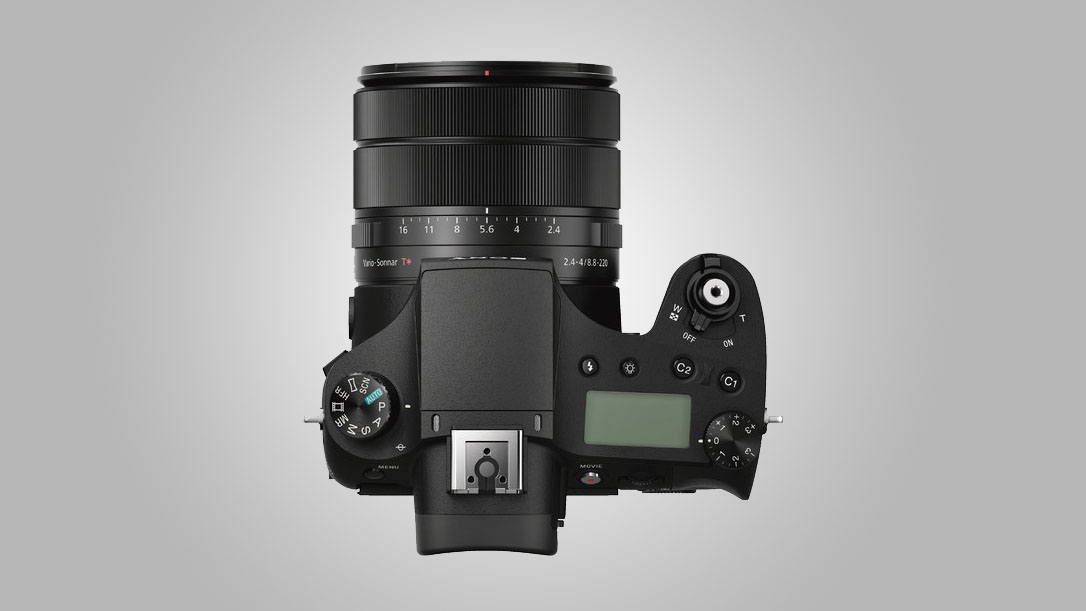
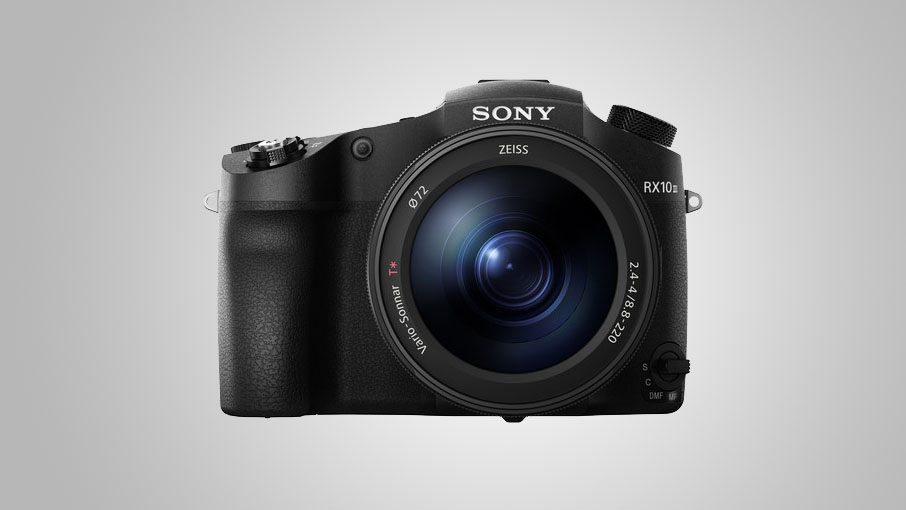
Much of the rear of the RX10 III is taken up by the impressive 1,228,800 dot, tilting 3-inch LCD screen. The XGA OLED electronic viewfinder is excellent and boasts a 2,359,296 dot resolution. It's responsive, clear and bright, and works well with glasses. It has 0.7x magnification, an eye sensor to allow automatic switching between EVF and LCD, and a generous diopter adjustment. A lens hood is included, as well as a pinch-style lens cap.
Menu and movie buttons sit either side of the EVF. The rear control dial and control wheel operate smoothly and are easily accessed, enabling you to select and adjust various menu items and settings. The control wheel and center button also enable you to change the placement and size of the focus area when using flexible spot AF. AE lock, quick function, playback and delete buttons complete the line-up; the latter can also be used as a third custom function button.
Sign up for breaking news, reviews, opinion, top tech deals, and more.
Current page: Build and handling
Prev Page Introduction and key features Next Page Performance, image quality and verdict